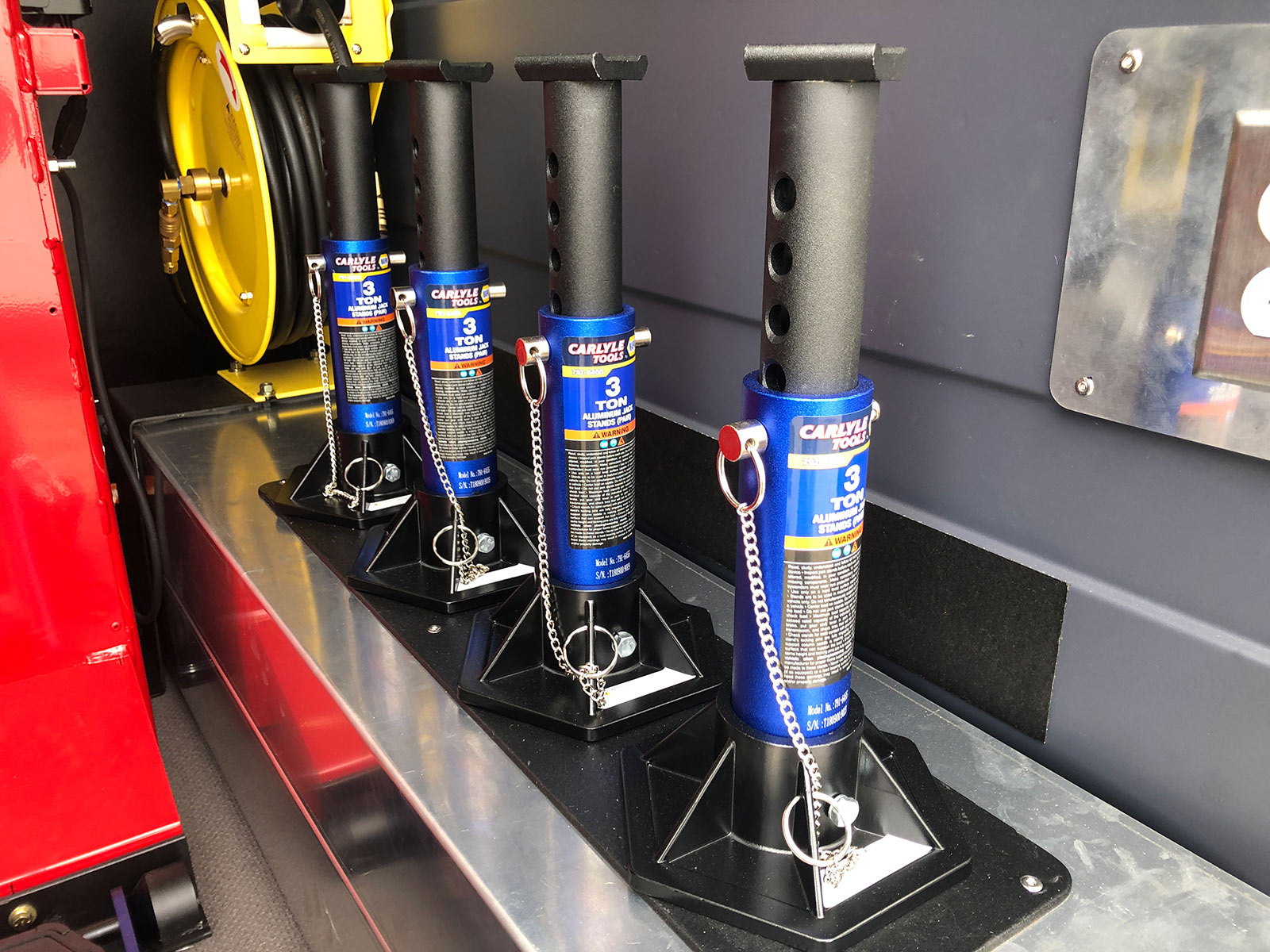Tire Service: Proven Methods for Optimal Tire Maintenance and Treatment
From making certain appropriate tire stress to normal turning and positioning, there are tried and tested approaches that can significantly prolong the life expectancy of your tires and boost general driving experience. Allow's dive into the world of tire solution and discover the secrets to maintaining your tires in top-notch shape for the lengthy haul - Mobile Tire Repair Las Vegas.
Importance of Tire Pressure
Proper tire pressure is a vital consider making sure optimum vehicle performance and security when driving. Maintaining the suggested tire pressure levels provided by the producer offers many advantages. Sufficient tire stress promotes far better gas efficiency, as under-inflated tires can lead to increased rolling resistance, creating the engine to function harder and consume more fuel. Proper tire stress makes certain also step wear, boosting tire long life and saving cash in the long run by postponing the demand for premature substitutes. Additionally, appropriately inflated tires add to improved handling and braking capacities, crucial for secure driving in numerous roadway conditions. Over-inflated tires, on the various other hand, can lead to lowered grip and a harsher adventure. On the other hand, under-inflated tires are susceptible to overheating, which can cause blowouts and accidents. Regularly adjusting and inspecting tire stress, particularly before lengthy trips, is a straightforward yet efficient way to improve lorry performance, extend tire life expectancy, and focus on safety and security on the road.
Tire Turning Standards
When thinking about tire turning standards, it is essential to comprehend the significance of this upkeep task in taking full advantage of tire life expectancy and keeping ideal automobile efficiency. Tire turning involves changing the placement of each tire on a lorry to make certain even tread wear. Front tires tend to use quicker than back tires due to steering pressures, making regular rotation vital for balanced wear patterns. The recommended rotation pattern varies relying on whether a car is front-wheel, rear-wheel, all-wheel, or four-wheel drive. Normally, tires need to be rotated every 5,000 to 7,500 miles, or as advised in the automobile guidebook. Overlooking tire turning can result in unequal wear, influencing handling, traction, and potentially compromising car safety. By adhering to appropriate rotation standards, motorists can extend the life of their tires, enhance fuel performance, and enhance total driving experience. Routine turning is a straightforward yet effective maintenance method that contributes considerably to tire long life and lorry efficiency.

Benefits of Wheel Positioning
Making sure correct wheel placement after tire rotation is crucial for maintaining well balanced wear patterns and optimizing car efficiency. In addition, correct wheel alignment aids to expand the life expectancy of your tires. Misaligned wheels can cause uneven tire wear, leading to premature tire replacement and enhanced upkeep expenses.

Tire Tread Deepness Check
Executing a routine assessment of tire step deepness is essential for preserving risk-free driving problems and prolonging the life-span of your tires. The step on your tires plays a critical duty in offering grip, particularly in wet or unsafe conditions. To inspect your tire walk depth, you can make use of a step deepness gauge or the cent examination. The advised walk depth goes to the very least 2/32 of an inch. It is time to change your tires to make certain ideal performance and safety and security on the road if the step deepness is listed below this limit. Uneven walk wear can show problems with tire suspension, stress, or placement, highlighting the relevance of routine walk depth checks. Ignoring to keep track of and maintain proper walk depth can bring about decreased grip, longer braking distances, and an increased risk of hydroplaning. By integrating tire step depth look into your routine upkeep timetable, you can drive with self-confidence recognizing that your tires remain in top condition.
Seasonal Tire Evaluation
Seasonal tire assessment is an essential facet of tire maintenance that makes certain tires are all set to deal with the challenges positioned by different weather conditions. In recommended you read preparation for winter, it is necessary to check the tire pressure routinely as cool temperatures can create tire stress to go down. By carrying out regular seasonal tire examinations, drivers can extend tire life-span, improve gas performance, and most importantly, make certain a safe driving experience in varying weather condition problems.
Final Thought
Finally, keeping proper tire stress, rotating tires consistently, straightening wheels correctly, checking walk depth, and performing seasonal assessments are vital techniques for optimal tire care. By following these proven techniques, motorists can guarantee their tires last much longer, execute better, and add to total car safety and security. It is very important to prioritize tire maintenance to avoid crashes, enhance fuel effectiveness, and prolong the lifespan of view it tires.
Sufficient tire stress promotes better gas performance, as under-inflated tires can lead to raised rolling resistance, causing the engine to function tougher and take in more fuel.When considering tire rotation standards, it is crucial to comprehend the relevance of this maintenance job in maximizing tire life expectancy and keeping optimum automobile efficiency. Seasonal tire inspection is a fundamental facet of tire maintenance that makes certain tires are all set to deal with the obstacles positioned by different climate conditions. By conducting regular seasonal tire inspections, drivers can lengthen tire life-span, boost fuel performance, and most importantly, make certain a safe and secure driving experience in differing weather condition problems.
In verdict, preserving correct tire stress, revolving tires consistently, straightening wheels correctly, keeping an eye on walk deepness, and performing seasonal evaluations are important methods for optimal tire care.
 Destiny’s Child Then & Now!
Destiny’s Child Then & Now! Jennifer Love Hewitt Then & Now!
Jennifer Love Hewitt Then & Now! Danica McKellar Then & Now!
Danica McKellar Then & Now! Rachael Leigh Cook Then & Now!
Rachael Leigh Cook Then & Now! Nicki Minaj Then & Now!
Nicki Minaj Then & Now!